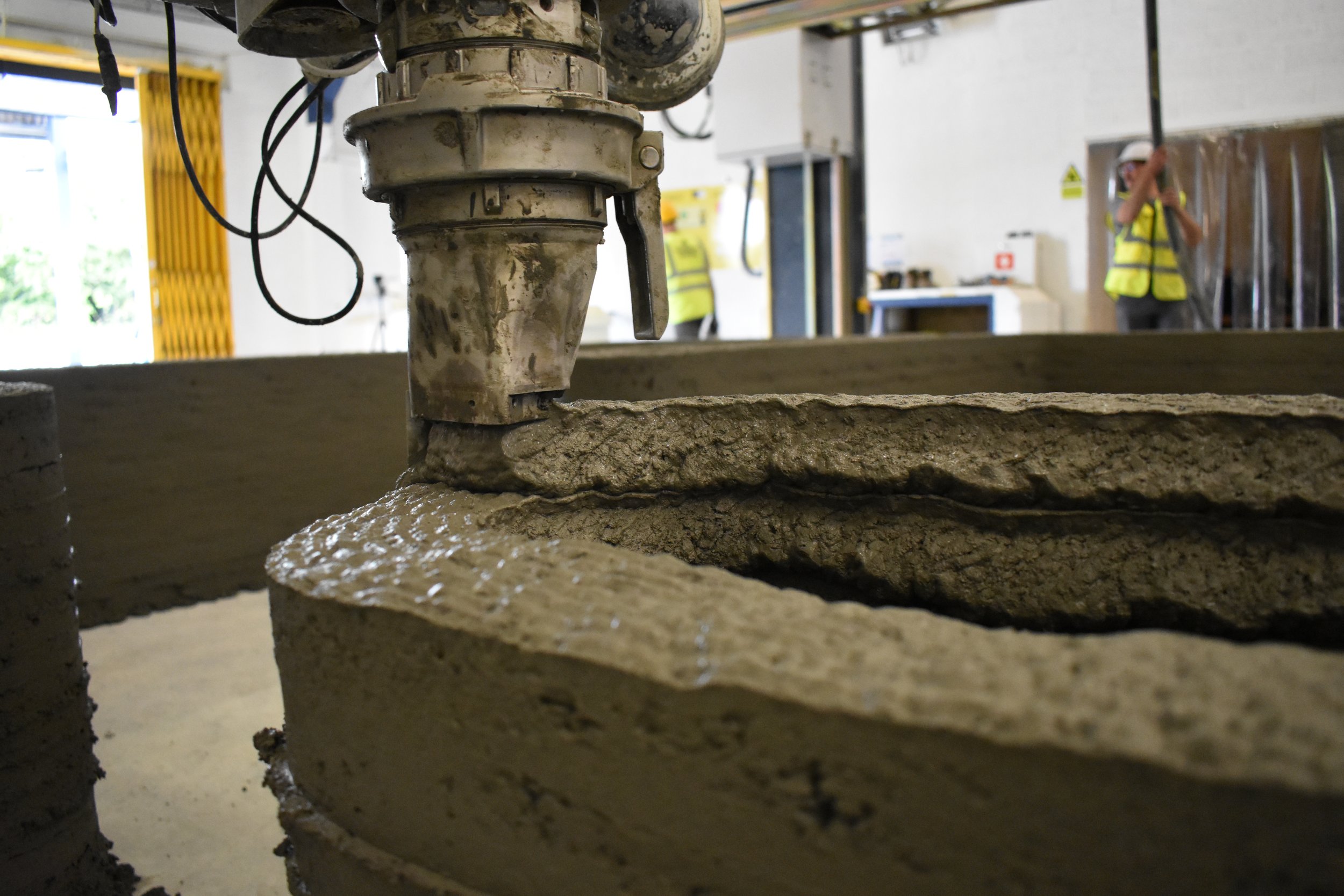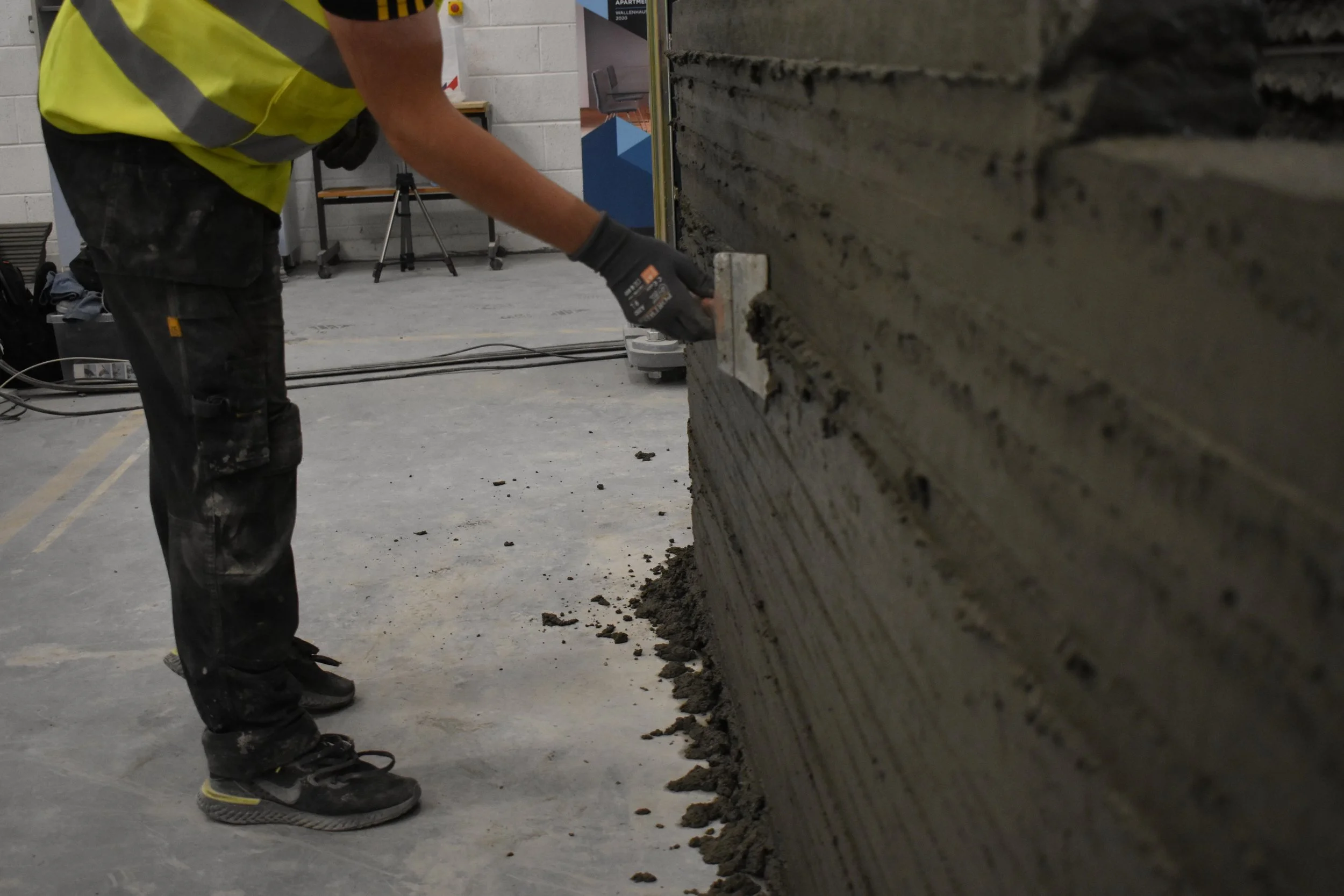Broad Regulatory Approval For 3D Construction Printing Given In The State Of Montana
This proves to be a massive step in the direction of successfully regulating the use of 3DCP in building code regulations and it is being used widely and commercially.
Montana has recently become the first US state to be given broad regulatory approval for the use of 3D construction printed walls as an equal replacement for walls made with concrete masonry units (CMU’s) and standard cored concrete block by the Department of Labour & Industry.
Like many other countries in the world, Montana is facing a housing shortage as people are moving to the state in search of a higher quality of life at an affordable cost. This in conjunction with many years of underproduction has led to a housing crisis and the immediate need to increase housing output. What sets the state of Montana apart, however, is the fact that regulators are supporting building contractors in adopting 3DCP as a regulated and recognised building methodology by addressing known exclusionary red tape, excessive fees and detrimental zoning policies.
Approval was granted according to specifications and testing reports filed by Tim Stark using Apis Cor 3D construction printers that designed 3D printed walls that comply with international building codes. These reports included evidence by independent, third-party lab tests in Boston at the Civil and Environmental Engineering School of the University of Connecticut. Stark was able to leverage the 30% lower cost of what traditionally built concrete blocks or wood-framed houses would cost and the dramatic increase in speed of the equipment in his application for building regulation compliance.
The adoption of the technology allows Montana not only to be at the forefront of innovative housing construction in the nation but in fact globally, as contractors worldwide are facing the same position with their national and local building regulators.
Currently, one is able to use the technology as a replacement for traditional CMU and standard cored concrete block construction, in certain projects if approved locally by building councils but having full regulatory compliance would give developers the freedom to print to the full creative scope the technology affords one. The true beauty of the technology not only lies in its cost saving, waste reduction and speed factor but also in its customisability and its free-form capability.
As we see the cost of building increasing by the most it has in 24 years in Ireland due to the disruption caused by Covid-19 restrictions, supply chain issues, Russia's invasion of Ukraine, material price volatility, and labour shortages building sector experts are worried that these issues are threatening construction projects’ viability. Chair of the quantity surveying professional group, SCSI, Kevin Brady, reiterated that in addition to external issues, the recent increase in demand has also been compounded by severe labour shortages and rising labour costs in the construction industry. "As the sector struggled to deal with this series of unprecedented events, construction inflation has risen by a record 22% over the last 18 months," Mr Brady added.
With Montana’s Building Council being one of the first to fully approve 3DCP as a construction method equal to those traditionally used, a new hope is created that others will follow suit. There is an urgent need to shift the construction industry to be more inclusive of new technology to be able to answer the demands of the housing market.
Original article can be found here



